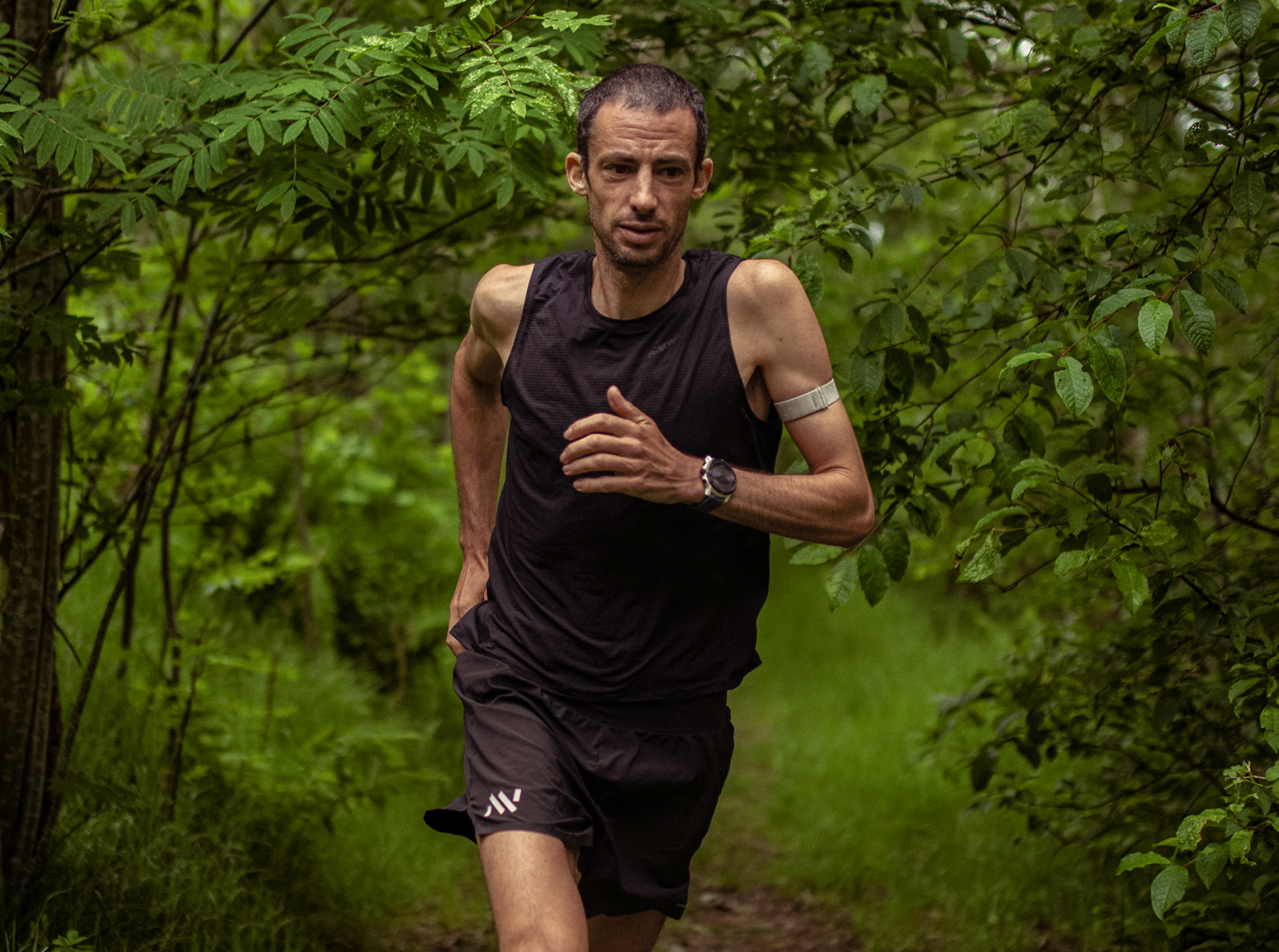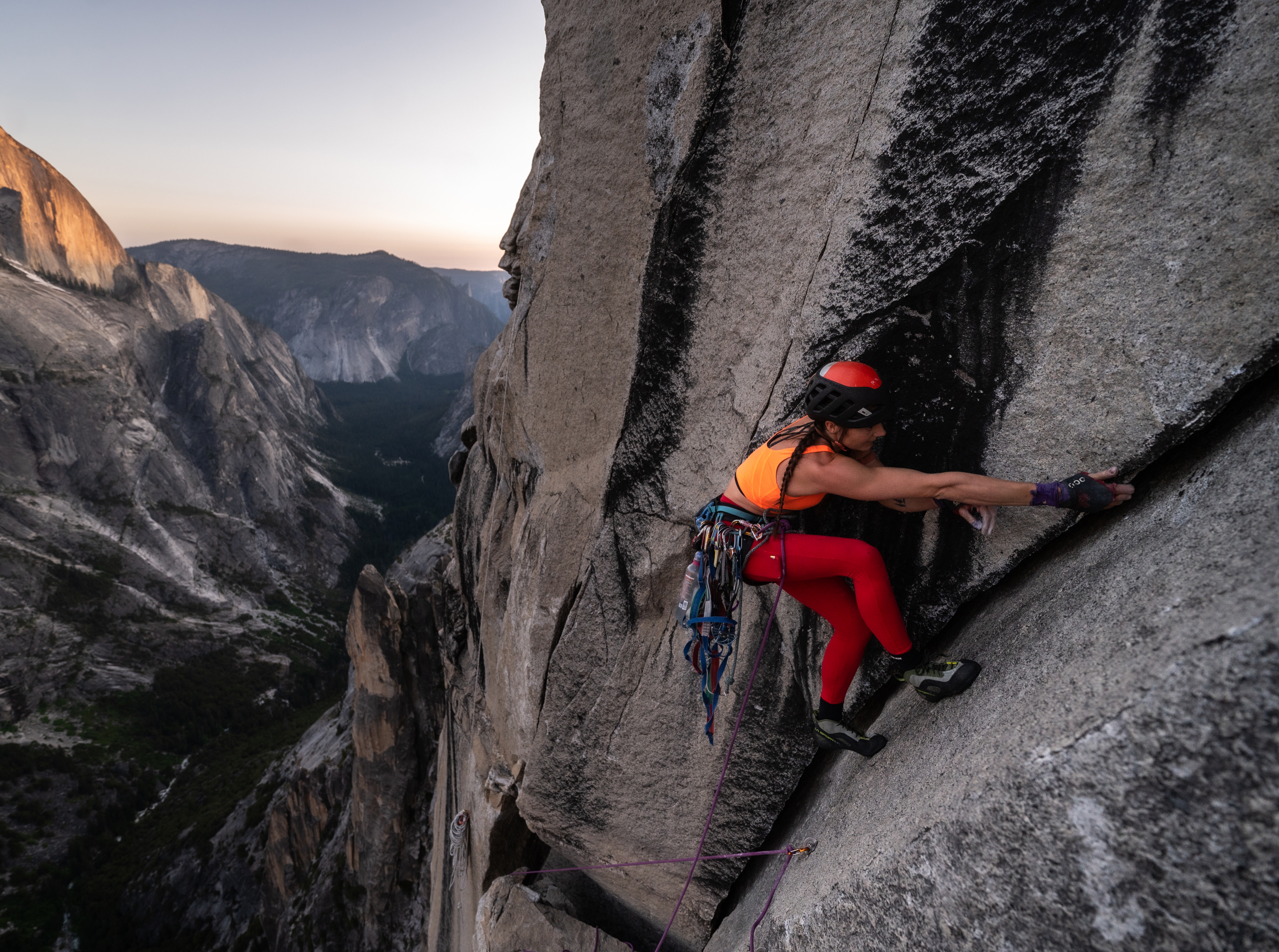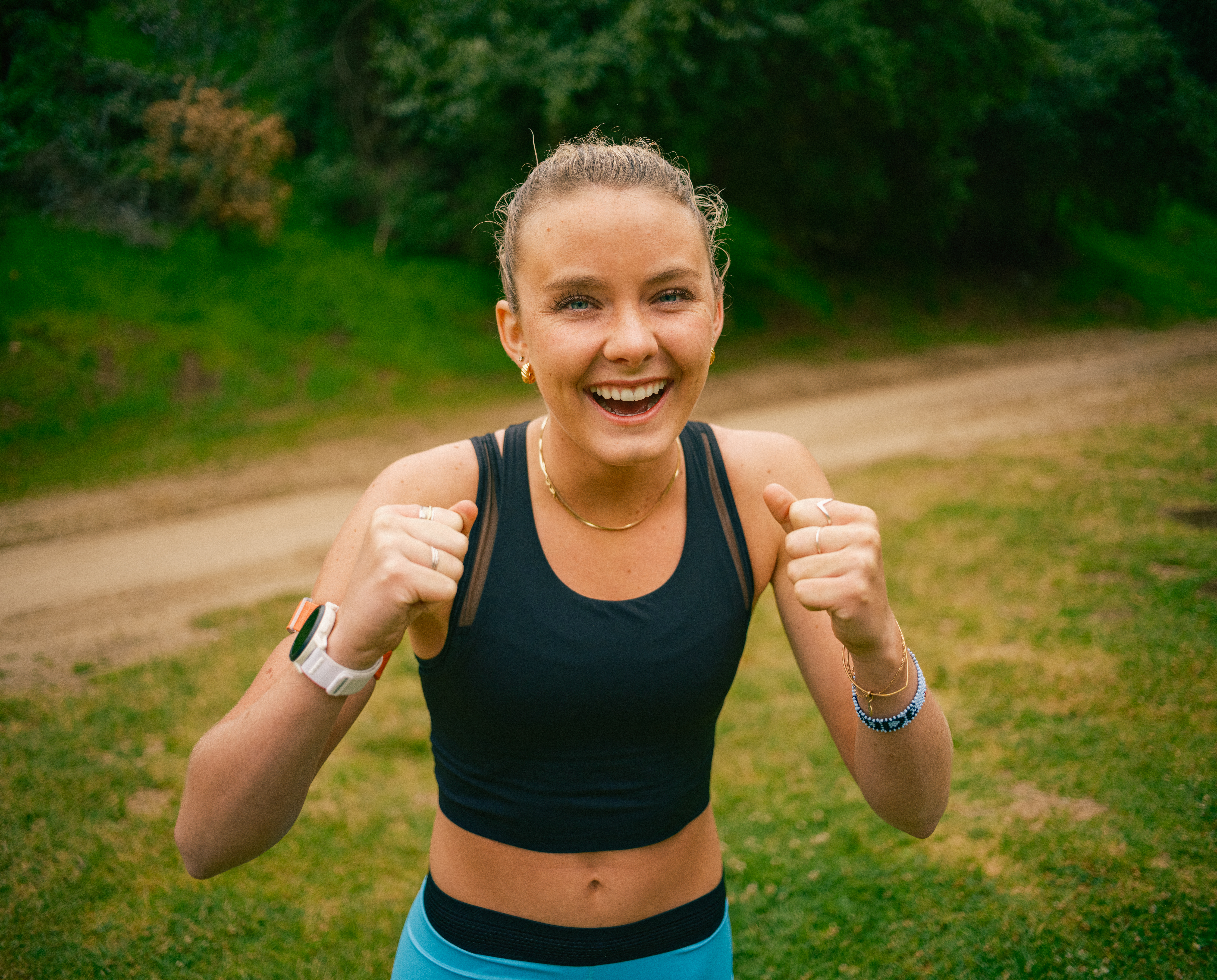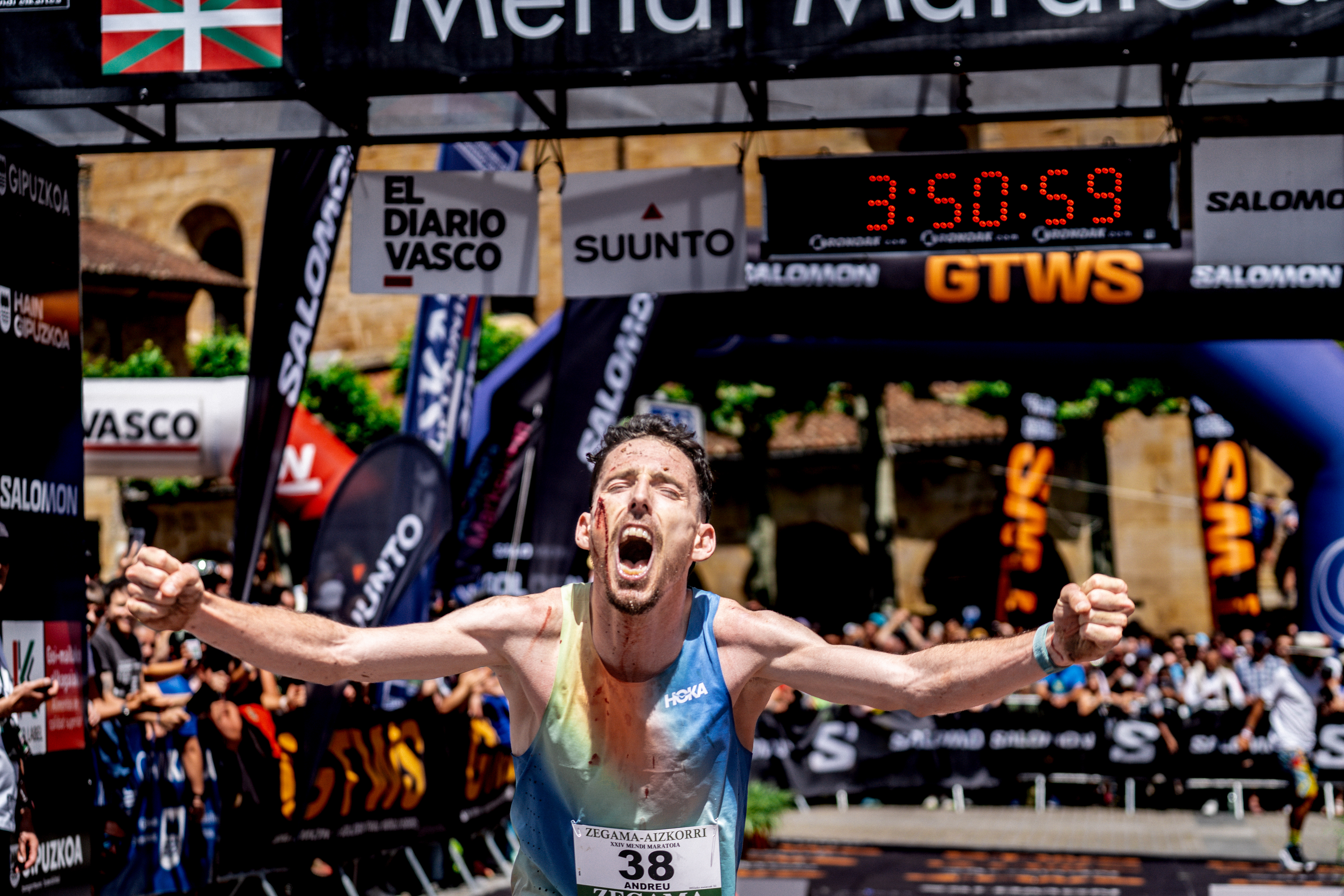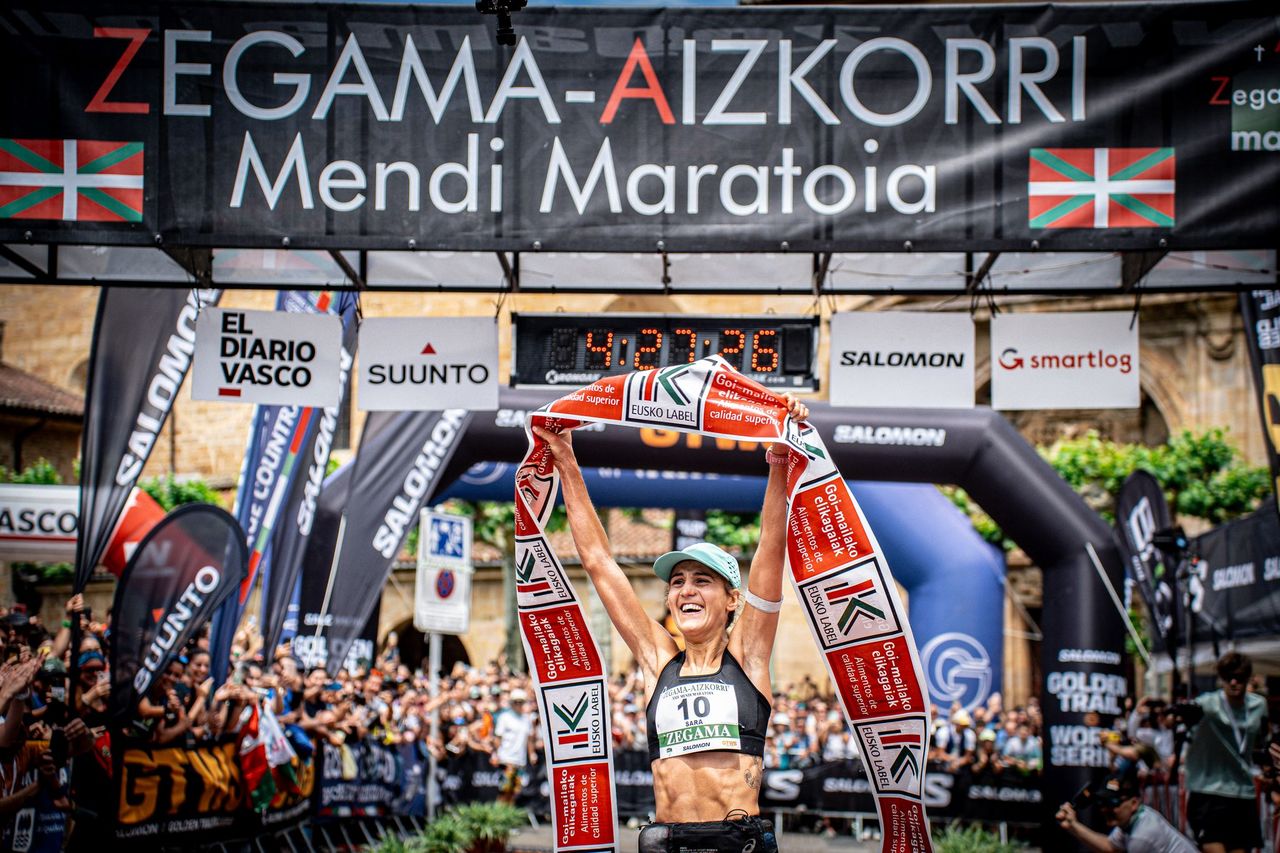After a consistent and confidence-building cross country season, Landon Pretre expected to carry that momentum into winter training. Instead, his post-season came to a halt. A flare-up of a lingering hip issue—aggravated by the mud at XC Nationals—took him out early. Then came a string of illnesses over the next two months.
“I had a really spotty base season and didn't race. I was planning on racing Nike Indoor Nationals, but wasn't at the right fitness yet.”
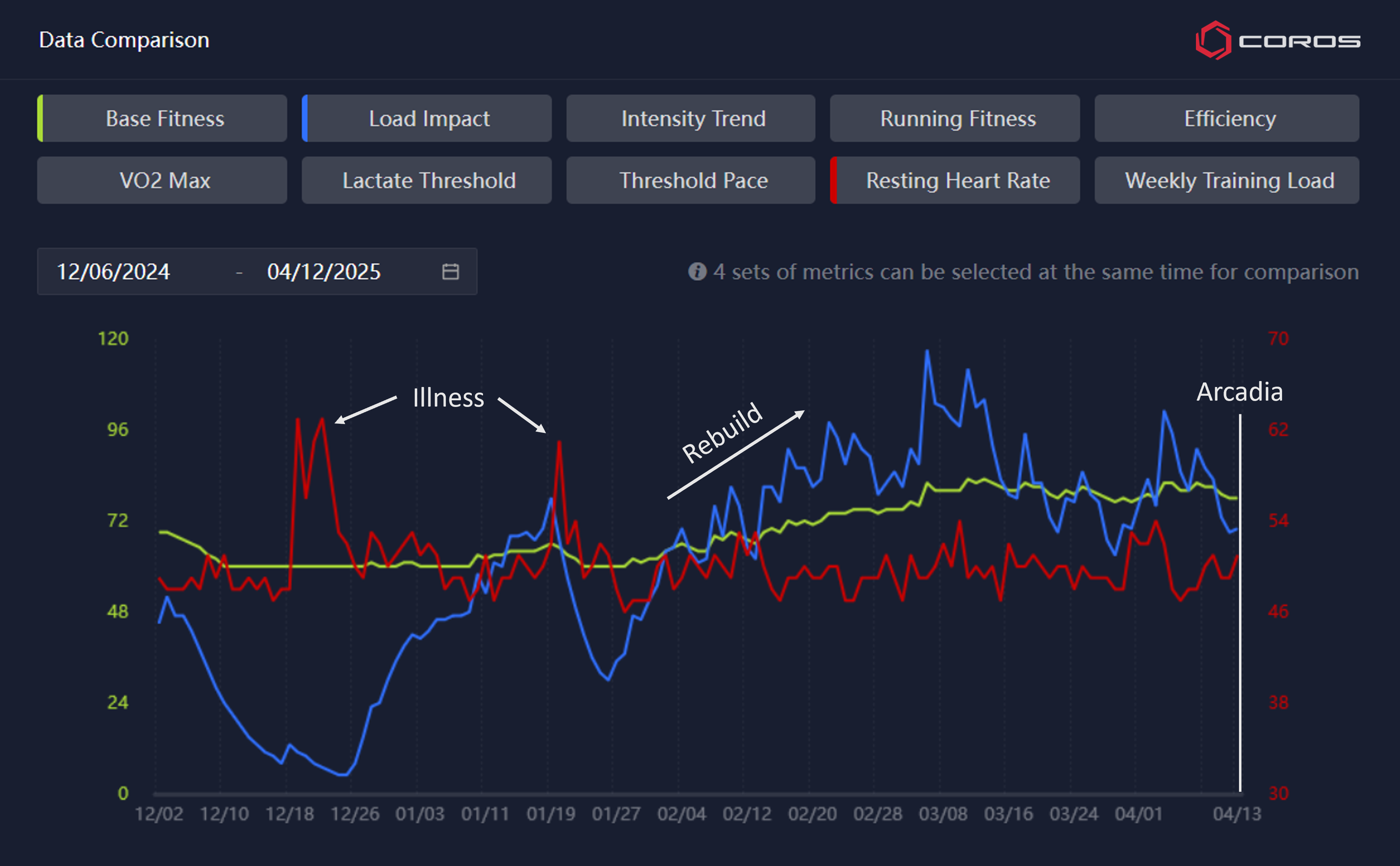
Still, he didn’t panic. Instead of rushing back, he focused on strength work and careful recovery—building back piece by piece. With eight weeks of uninterrupted training heading into the biggest invitational of the year, he gradually regained his form.
Making Smarter Adjustments in Year Four
This season marks Landon's senior year—and his most thoughtful approach to training yet. After reviewing his past seasons, he made key changes in both structure and mindset.
“I used to push the reps too hard and take too much rest, not really getting the right workout out of it. Now I'm bringing down the intensity on reps and lowering the rest. That’s helped redefine my fitness.”
He’s also added more top-end speed work earlier in the year—intentional sessions to improve turnover before shifting to longer distances in college. Landon will run for Wake Forest next year, where the primary training focus will be endurance. But for now, he’s building the speed foundation to stay competitive at every distance.
Adapting When It Matters Most
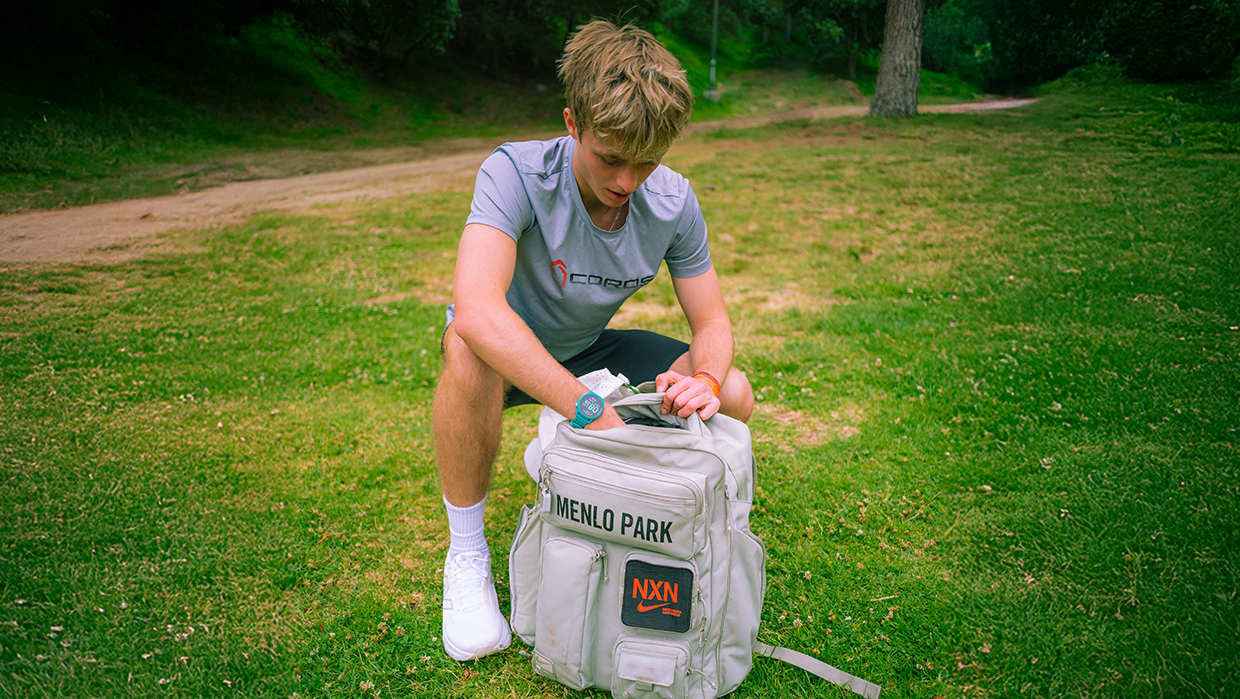
At the Arcadia Invitational, Landon lined up for the elite 3200m—one of the most competitive high school races in the country. This year’s race had nearly 40 runners, all capable of sub-8:50 times. But the race didn’t go out fast. Instead, it turned tactical and chaotic: slow early splits, constant surges, and a lot of contact.
“It was a kicker’s race for sure. Which doesn’t really fit me, but I still did well.”
In past years, that kind of race might have unraveled him. This time, he adapted mid-race. Instead of getting stuck inside, he moved to the outside lanes—even if it meant running a little extra distance. It allowed him to stay out of trouble and conserve energy.
“In races like that before, I've always done really poorly. This time, I didn't let it really get to my head, and my body was able to take the swinging and surging.”
He finished 10th in 8:49—just a second off his personal best, and a strong result given the race dynamics. “I didn’t PR,” he said, “but I beat guys who should’ve had the edge in a race like that. That’s the biggest confidence booster for me.”
Using COROS to Train with Confidence
This is Landon’s second track season with the COROS PACE 3, and the longer he wears it, the more useful it becomes. After a full year of consistent use, the watch understands his training patterns—and he knows how to get the most out of its insights.
"I've been wearing the watch long enough now that it knows the training categories I'm in. When I'm in a big block of training, I like to keep it in the mid to high optimized zone."
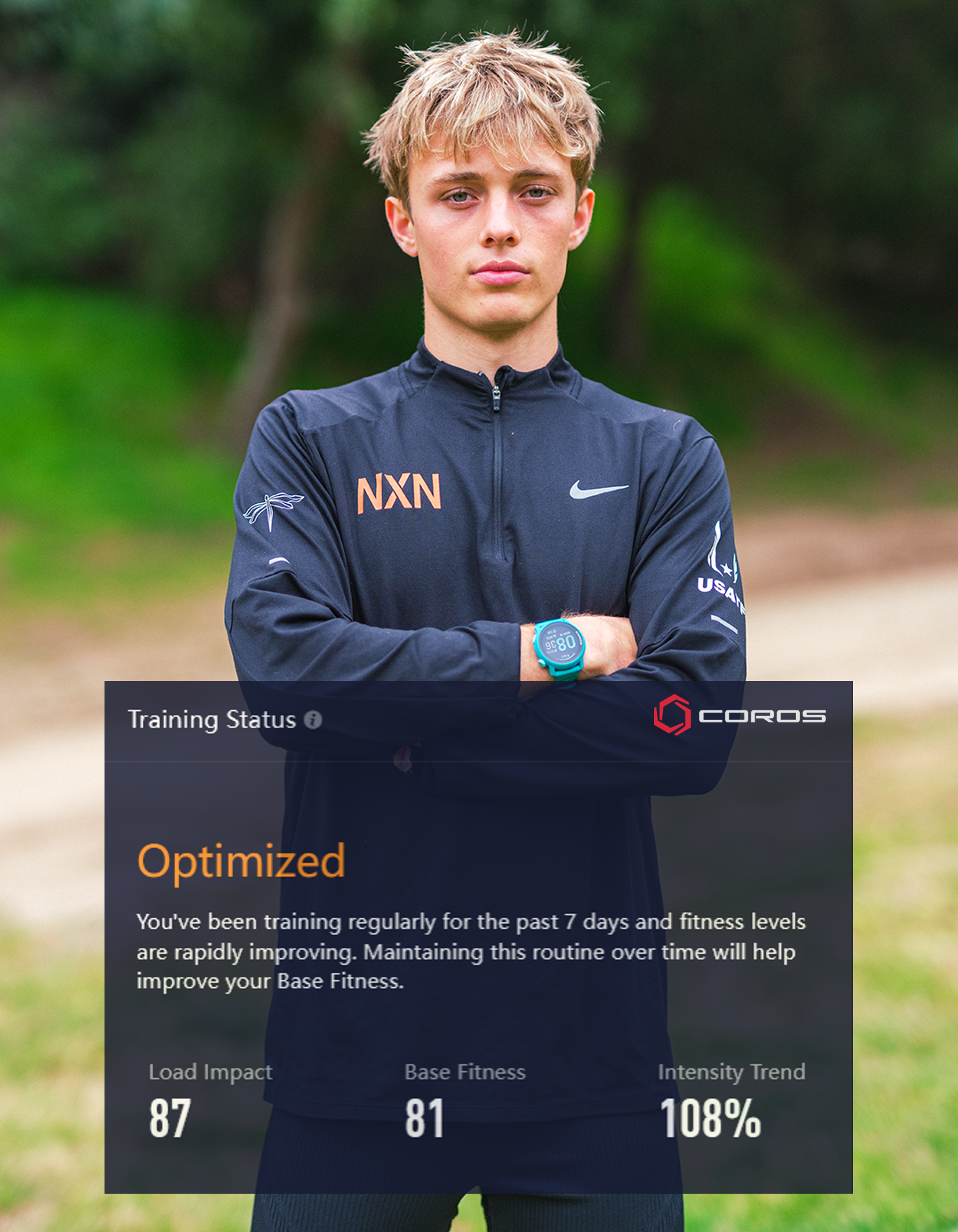
During his workouts, Landon keeps an eye on his heart rate and tracks trends during his recovery between reps.
“The times I feel the fittest are when I finish a high-intensity rep and within 15-20 seconds, my heart rate is back down again.”
Beyond the metrics, he’s built a training routine that prioritizes recovery and durability. Sleep tracking and strength work help him stay resilient.
“I do strength pretty much every night. It's an underrated side of the sport where you can develop. It really helps with form and injury prevention.”
Ready for What’s Next
Landon’s path this season hasn’t been smooth—but it’s been steady. He’s learned to adjust on the fly, recover with intent, and trust data to guide his decisions. Arcadia wasn’t just a strong finish—it was a sign that even after setbacks, the right foundation still holds.
“I’ve weathered through Arcadia. Now I know I can get through anything else that comes my way.”
/fit-in/0x18/coros-v2/images/common/logo_black.png)
